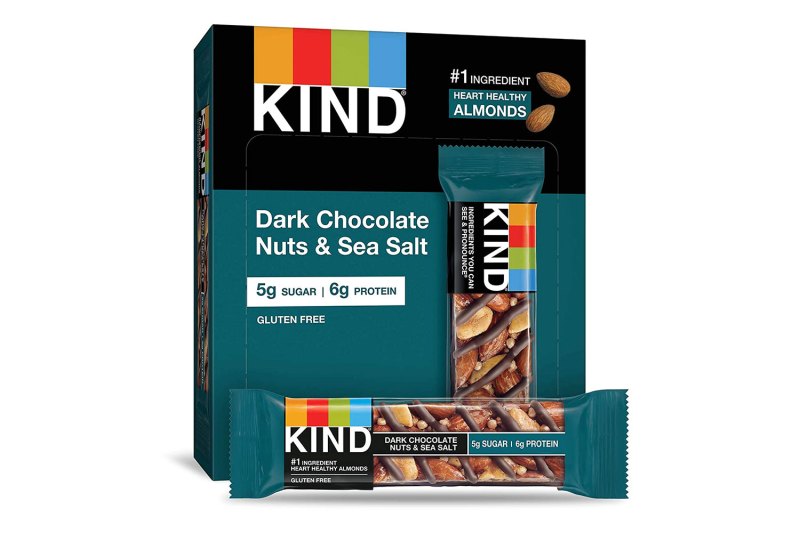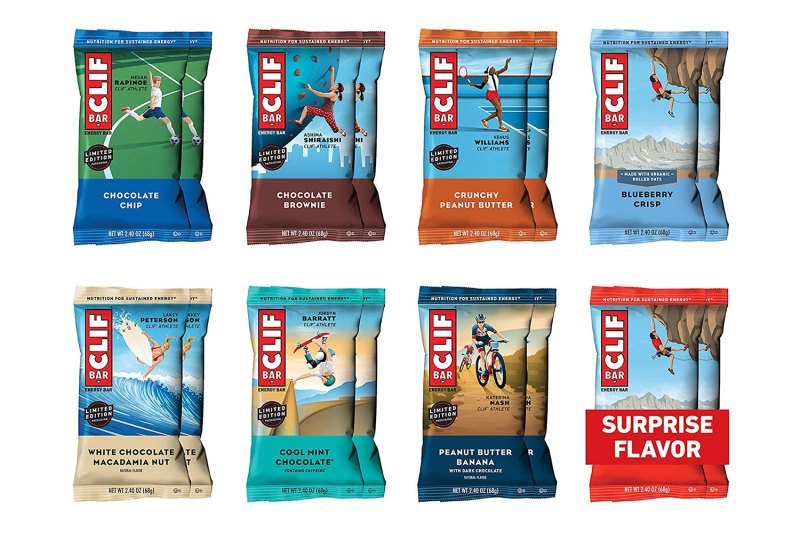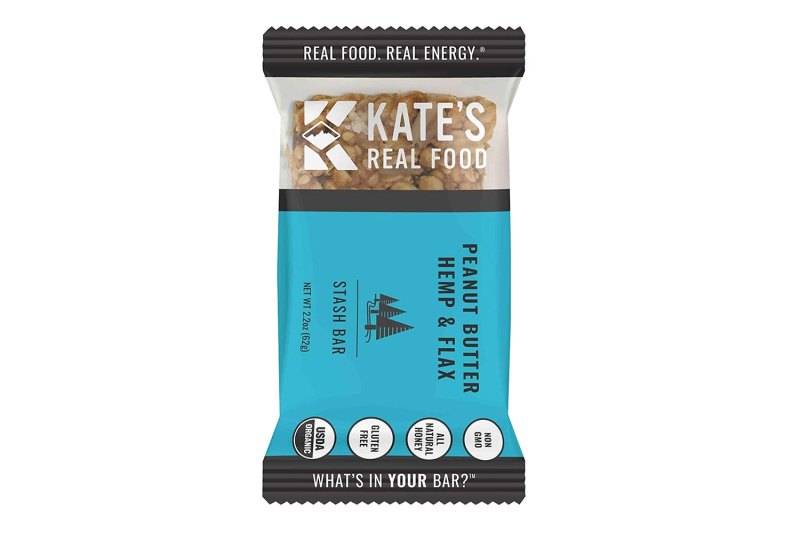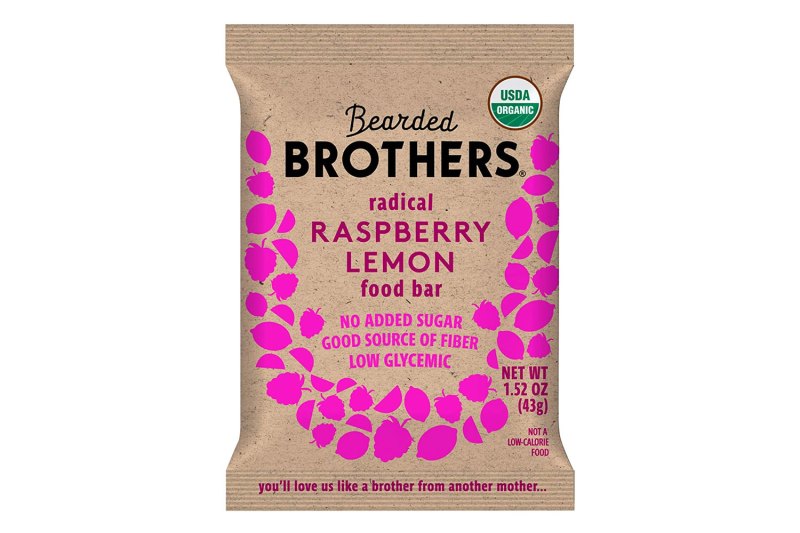There was a time when the energy bar was something you forced down your throat to stay moving on the trail or when setting up camp. It was a bland means to an energized end, rarely savored. Fortunately, those days are well behind us.
Related Guides
These days, you can actually enjoy a variety of energy bars spanning a range of intriguing flavors, often made with organic and sustainable ingredients. The energizing protein, carbs, and sometimes caffeine are all there but treated to complimentary ingredients that make the resulting bar something you’re not ashamed to eat. In fact, as the five options below suggest, energy bar consumption can be downright pleasant.
Kind

Boasting a wide array of flavor options, Kind is all about variety. Nut enthusiasts will appreciate the generous use of almonds and peanuts while those with allergies can find a kick of energy elsewhere, such as in the company’s fruit bars. The flagship nut bars remain the best tasting, though, with sweet and salty combos like dark chocolate cherry cashew and caramel almond and sea salt. There are even ultra-seasonal options like the uber-autumnal caramel almond pumpkin spice bar.
Verb

The most convenient of the bunch given their petite size, Verb’s lineup is made for an on-the-go mindset. Many of the ingredients are organic and the bars are vegan, powered by the caffeine that comes with using green tea. Better still, the flavors are thoughtful, including standouts like vanilla latte and lemon raspberry, the latter the result of a partnership with renowned chef Nick DiGiovanni. The bars function as great breakfast options when you’re running late, offering a noticeable bolt of energy.
Clif Bar

An oldie but a goodie, Clif Bar launched in the mid-1980s in Berkeley and has since carved out massive footprints in the energy bar realm. The company is largely responsible for shifting the category from something you tolerate for fuel to something you can actually enjoy. Classic flavors like chocolate chip remain reliably tasty but there are more creative incarnations, too, like carrot cake, apricot, and white chocolate macadamia nut. Those looking for a jolt of caffeine can find it in Clif’s energy chews. The company has grown immensely, with side endeavors like a winery and a brand of kids’ bars, but has always been focused on sustainability and transparency.
Kate’s Real Food

Kate’s Real Food is certified organic and non-GMO in its approach to the energy bar game. Launched by a ski bunny in Jackson Hole in 2010, the company was initially built around the Tram Bar, a combination of peanut butter, oats, and apricot. Presently, there are about a half-dozen solid flavors, from mango coconut to lemon coconut and ginger. The bars are built around wholesome nut butters that afford both fuel and the good kind of fats that will keep you nourished. Natural ingredients have always been championed and Kate’s has become a favorite among outdoors enthusiasts and on-the-move snackers alike.
Bearded Brothers

Based in Austin, Bearded Brothers entered the energy bar circuit in 2011. The dense bars offer vibrant flavors, with options like vanilla pecan and ginger peach. The ingredients are primarily sourced from domestic family-run farms and the recipes are both inventive and harmonious. There are refreshingly unexpected bar types, too, like a chocolate bar made with organic chia sedes, Mexican cacao, organic dates, and more. In terms of complexity of flavor, Bearded Brothers is hard to beat.



